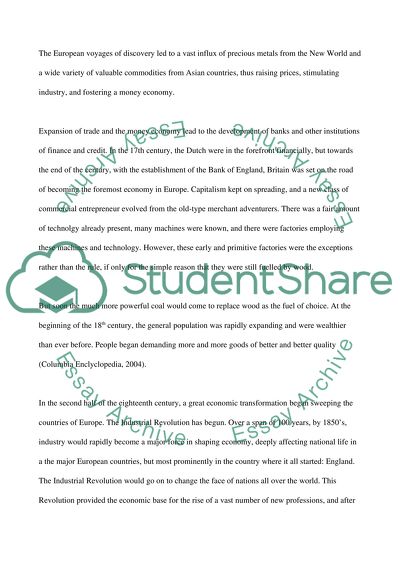Cite this document
(“What explains European technological leadership by the nineteenth Essay”, n.d.)
What explains European technological leadership by the nineteenth Essay. Retrieved from https://studentshare.org/history/1519583-what-explains-european-technological-leadership-by-the-nineteenth-century
What explains European technological leadership by the nineteenth Essay. Retrieved from https://studentshare.org/history/1519583-what-explains-european-technological-leadership-by-the-nineteenth-century
(What Explains European Technological Leadership by the Nineteenth Essay)
What Explains European Technological Leadership by the Nineteenth Essay. https://studentshare.org/history/1519583-what-explains-european-technological-leadership-by-the-nineteenth-century.
What Explains European Technological Leadership by the Nineteenth Essay. https://studentshare.org/history/1519583-what-explains-european-technological-leadership-by-the-nineteenth-century.
“What Explains European Technological Leadership by the Nineteenth Essay”, n.d. https://studentshare.org/history/1519583-what-explains-european-technological-leadership-by-the-nineteenth-century.


